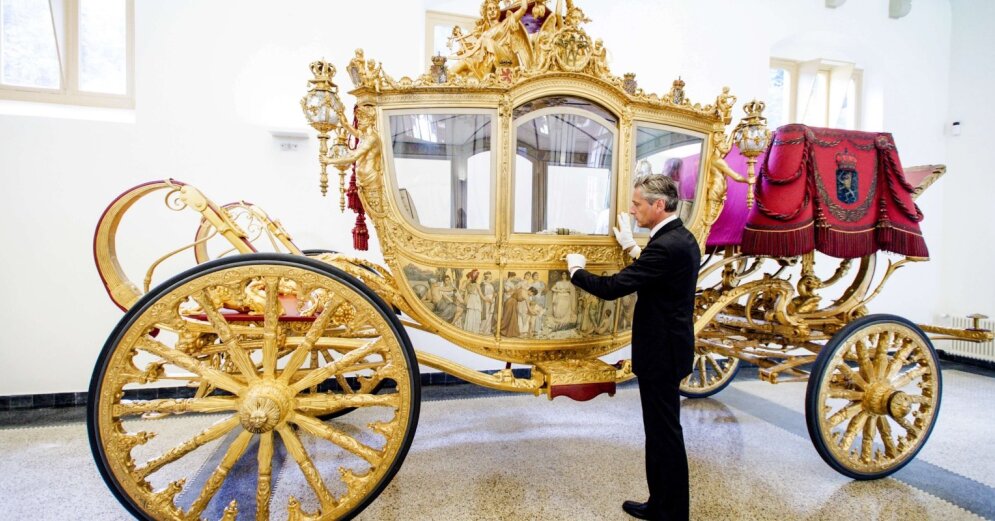MINNEAPOLIS (Reuters) – Several hundred people took part in a ceremony Thursday in Minneapolis in honor of George Floyd, the black man whose death after his arrest by police sparked widespread protests interspersed with violence and stirred debate over race issues in the United States.
“Everyone wants justice, we want justice for George, he’s going to get it,” said Philonise Floyd, one of his brothers, during the service in a chapel.
“It’s crazy, all these people came for my brother, it’s amazing that he touched so many hearts,” added Philonise Floyd, dressed in black and sporting a badge with a picture of her brother and of the inscription “I cannot breathe”.
George Floyd repeated this phrase several times, while searching for air, as a policeman rested his knee on his neck for nearly nine minutes before his death on May 25. Images of the arrest of the 46-year-old man, which quickly spread across the United States, sparked anger against American police accused of racism and brutality against the African American community.
Crowds of Americans defied curfews and demonstrated in many cities across the United States for nine consecutive evenings, accompanied by riots and looting on the fringes of these peaceful gatherings, prompting President Donald Trump to threaten to send the army to put an end to this violence.
Ben Crump, a lawyer for the Floyd family, said during the ceremony on Thursday that the methods employed by police in arresting George Floyd were evil itself.
“What we saw in this video is evil. So America, as we salute the memory of George Floyd, reject evil. Protest against evil. We cannot cooperate with evil. We cannot cooperate with torture, ”he said.
WILLIAM BARR REFLECTS FOREIGN INTERESTS
AND “EXTREMIST AGITATORS”
Derek Chauvin, the 44-year-old police officer filmed applying his knee to George Floyd’s neck, has been kicked out of police and charged with murder.
The three police officers who accompanied him, also sacked, were charged with complicity. They first appeared Thursday before a court which set their bond at $ 1 million, which could be lowered to $ 750,000 under certain conditions, including the confiscation of all their personal weapons.
In New York, thousands of people also attended a ceremony in honor of George Floyd in a park in Brooklyn.
Many knelt on the lawn, in what has become a gesture of protest against police violence, chanting “No justice, no peace”.
Bill de Blasio, the mayor of New York, present at the ceremony, promised profound changes in the methods used by the police in his city.
US Justice Minister William Barr said Thursday, without providing details, that foreign interests and “extremist agitators” affiliated with leftist movements like the Antifa (anti-fascists) were taking control of the protests.
EIGHT MINUTES AND 46 SECONDS OF SILENCE
Reverend Al Sharpton, a media figure in the civil rights movement, for his part said at the ceremony in Minneapolis that the vast majority of protesters were peaceful.
“There have been protests around the world. Some looted and did other things. None of us condone that, the looting and the violence, ”Al Sharpton said. “But there is a difference between those who call for peace and those who call for calm. Some of you all don’t want peace, you just want calm. You only want us to continue to suffer in silence. ”
In a politically-charged speech, he felt that the knee of the white policeman resting on George Floyd’s shot symbolized the oppression suffered by African Americans on a daily basis.
“George Floyd shouldn’t be among the dead. He did not die from an ordinary health problem. He died of an ordinary dysfunction in American criminal justice, ”he said. “It’s time for us to stand up in George’s name and say, ‘Take your knee off our necks,’” he added.
Reverend Al Sharpton invited those present at the ceremony to observe a silence of 8 minutes and 46 seconds, the time during which the policeman remained kneeling on the neck of George Floyd despite his pleas.
The ceremonies in his homage are to last six days with a funeral scheduled for Tuesday.
Brendan O’Brien, Michelle Nichols, Nathan Layne, Peter Szekely and Andrew Hay; French version Bertrand Boucey and Claude Chendjou, edited by Henri-Pierre André
— .


